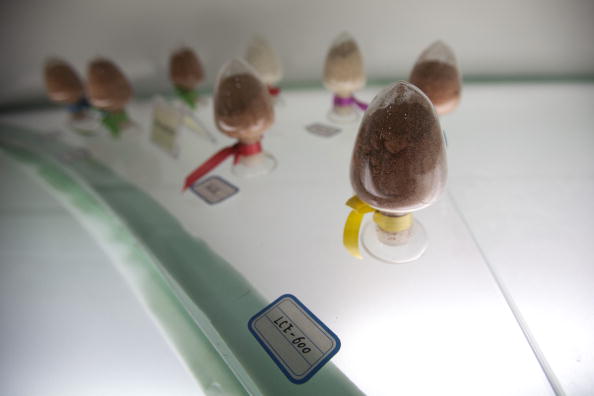China’s vessels have consistently violated Japan’s exclusive economic zone (EEZ) for a nefarious purpose. The EEZ is an area of ocean around a country’s coastline over which the country has exclusive rights and jurisdiction, according to the United Nations Convention on the Law of the Sea.
Japanese newspaper Yomiuri Shimbun reported on April 14 that the Chinese regime sent vessels into the Japanese EEZ repeatedly without the Japanese government’s consent, in the name of conducting surveys of the ocean floor, when it actually secretly collected mineral deposits, rare earth deposits, and caught rare deep sea creatures.
The report said that the Japan Coast Guard has uncovered the true motivation of the Chinese vessels, but did not specify what the vessels claimed to be surveying.
According to a paper published in the scientific journal, Nature, on April 10, a team of Japanese researchers has newly uncovered a reserve of about 16 million tons of rare earth materials, lying beneath the Minamitorishima Island, about 1,150 miles from Tokyo.

Rare-earth minerals are used in the manufacture of batteries, electric vehicles, and other high-tech devices such as smartphones, hybrid vehicles, radar devices, and missile systems.
The reserve contains 780 years’ worth of the global supply of yttrium—used to make cell phone screens, camera lenses, and superconductors, 620 years’ worth of europium, 420 years’ worth of terbium, and 730 years’ worth of dysprosium, according to Nature.
It “has the potential to supply these materials on a semi-infinite basis to the world,” the paper stated.
“This is a game changer for Japan,” Jack Lifton, a founding principal of the market-research firm, Technology Metals Research, told The Wall Street Journal. “The race to develop these resources is well underway.”

Rare-earth elements are crucial in the global tech economy. China had dominated the world’s supply for decades and held a monopoly over prices. In 2010, China reduced its exports of rare earth minerals, resulting in a price increase by 10 percent, according to the Journal.
In 2015, the sole rare-earth mine in the United States, the Mountain Pass Mine in California, was driven into bankruptcy by low prices and sold to a Chinese-led consortium, Shenghe Resources, in June 2017, reported Mining.com, a website that covers the mining sector.
Now, Japan will likely become a major global supplier, breaking the Chinese regime’s monopoly. The challenge for Japan is to find a way to extract the minerals in a more cost-effective way than current methods allow.
Fang Xiao contributed to this report.
From The Epoch Times
Recommended Video:


